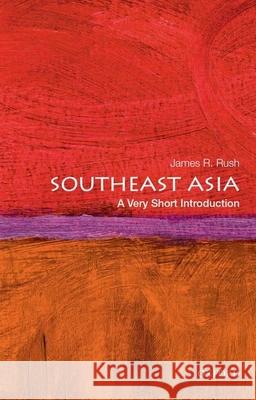Southeast Asia: A Very Short Introduction » książka
topmenu
Southeast Asia: A Very Short Introduction
ISBN-13: 9780190248765 / Angielski / Miękka / 2018 / 160 str.
The eleven countries of Southeast Asia are diverse in every way, from the ethnicities and religions of their residents to their political systems and levels of prosperity. These nations -- Myanmar, Thailand, Malaysia, Indonesia, Vietnam, Singapore, the Philippines, Laos, Cambodia, Brunei, and East Timor -- are each undeniably unique, yet the vestiges of their shared traditions mean that each country is also characteristically Southeast Asian.
In Southeast Asia: A Very Short Introduction, James R. Rush explains what makes each nation typically Southeast Asian. The book traces the history of the region, beginning with its earliest settled communities (ca. 3000 BCE) and "mandala" kingdoms. Rush then delves into the four centuries of European colonial rule of the region, from the Portuguese invasion of Melaka in 1511 to the Japanese conquest of the colonies in World War II and subsequent independence movements and wars including the Vietnam War. He also traces the history of the region's relations with India and China and tells the story of the foundation and evolution of the region-defining Association for Southeast Asian Nations (ASEAN), explaining how all these events helped shape the countries of Southeast Asia into the stable nations we know today: kingdoms, democracies, and dictatorships alike. Also covered in this concise look at Southeast Asia are the recent ethno-religious violence in Myanmar, the military rule and democratization of Indonesia, the environmental consequences of agribusiness and unchecked urbanization, and the big-power alignments and tensions involving the United States, China, and Japan. A cogent synthesis of the research and ideas of leading scholars, Southeast Asia: A Very Short Introduction provides an easy-to-grasp analysis of contemporary Southeast Asia that accommodates its bewildering ethnic, religious, and political complexities while exposing the underlying patterns that make it a unified world region.










